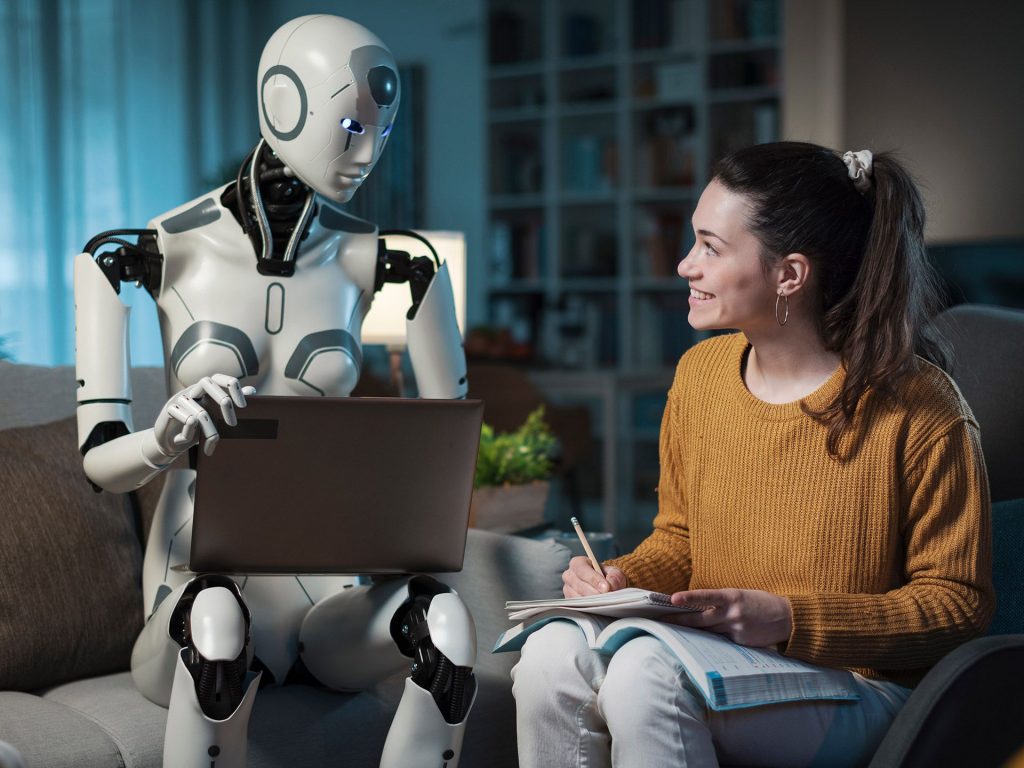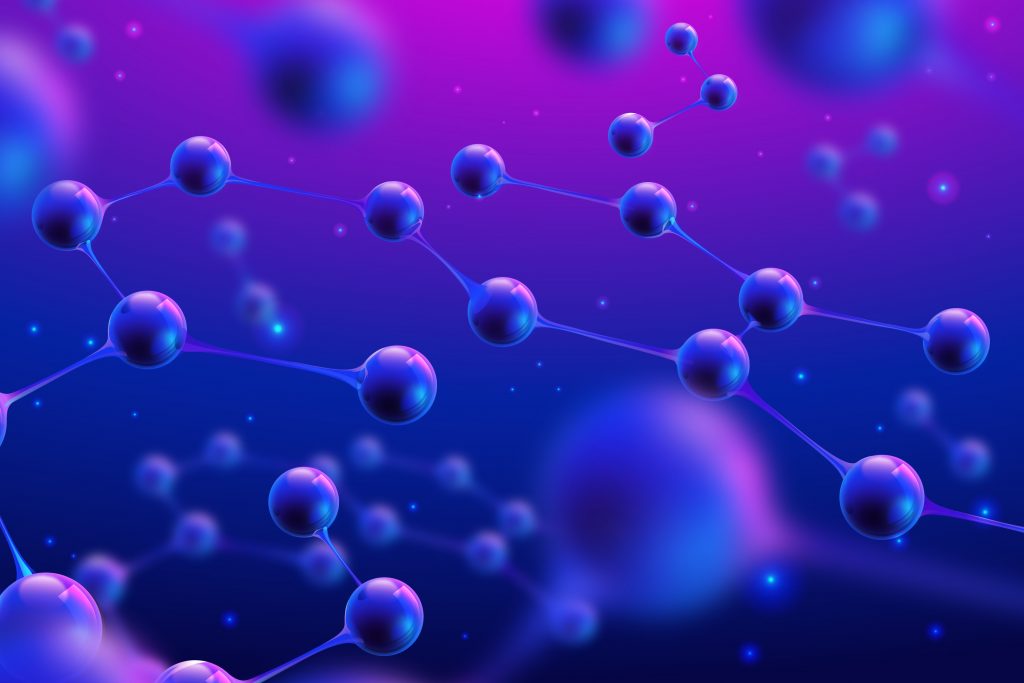Now Reading: How Artificial Intelligence Is Helping to Explore Space
-
01
How Artificial Intelligence Is Helping to Explore Space
How Artificial Intelligence Is Helping to Explore Space

How Artificial Intelligence Is Transforming Our Ability to Explore the Vastness of Outer Space
Exploring the universe has always been one of humanity’s greatest aspirations, but the sheer scale of space presents challenges that far exceed human capacity. Telescopes generate petabytes of data every year, satellites continuously stream information back to Earth, and interplanetary missions return detailed observations from far-off worlds. Traditionally, scientists needed years—sometimes decades—to carefully sort through such vast archives, scrutinizing images, running calculations, and searching for faint signals buried in cosmic noise. With the development of artificial intelligence (AI), that process is undergoing a remarkable transformation.
Machine learning algorithms and deep neural networks are now able to process astronomical datasets at a speed and precision that humans simply cannot match. Instead of examining each telescope image by hand, AI systems can automatically detect galaxies, identify exoplanets by analyzing subtle variations in starlight, and even discover anomalies that might otherwise go unnoticed. This ability to detect patterns in data allows astronomers to pinpoint potential new worlds, track the birth of stars, and even investigate chemical signatures that could hint at life elsewhere.
For example, NASA and the European Space Agency have integrated AI into several missions to sift through radio signals, separating genuine cosmic phenomena from background noise. What once required years of manual verification can now be done in days or even hours. AI also drastically reduces the risk of human error, ensuring that promising scientific opportunities are not overlooked.
The broader significance of this shift goes beyond efficiency. Space is so vast and complex that it strains human intuition. By augmenting our capabilities with advanced computational methods, we can effectively extend human perception into scales that were previously inaccessible. Moreover, AI is not limited to data analysis—it is also reshaping how we design missions, monitor spacecraft health, and chart safe trajectories through environments fraught with uncertainty, such as asteroid fields or planetary atmospheres.
Instead of viewing AI as a support tool, many researchers see it as a fundamental enabler of the next age of discovery. Humanity is entering an era in which decisions made in space increasingly rely on a partnership between human insight and machine intelligence. The cosmos, once imagined only through science fiction, is now becoming accessible thanks to systems smart enough to help us decode its mysteries.
The Role of Artificial Intelligence in Driving the Future of Interstellar Research and Space Missions
The impact of artificial intelligence does not stop at pattern recognition or data processing. Its role in real-time mission support and autonomous decision-making is proving to be equally transformative. As missions grow in both duration and complexity—ranging from sustained lunar colonization efforts to long-duration expeditions to Mars—AI is becoming an indispensable companion.
One of the most promising applications is autonomous navigation. Spacecraft traveling hundreds of millions of kilometers from Earth cannot wait for instructions from mission control, as radio signals can take minutes or even hours to travel across space. AI systems onboard must assess conditions, recalibrate instruments, avoid hazards, and even execute course corrections. This level of autonomy not only ensures mission safety but also dramatically expands the range of destinations that spacecraft can realistically reach.
Another crucial use is predictive modeling for mission planning. AI can simulate countless scenarios, helping scientists and engineers evaluate risks such as radiation exposure, equipment failure, or life-support sustainability. By learning from past mission data, AI can anticipate problems before they occur, allowing proactive solutions rather than reactive responses. This helps mission coordinators and astronauts focus their attention on strategic goals rather than being overwhelmed with technical details.
Enhanced imaging systems also owe much to AI. Planetary rovers, for instance, must navigate difficult landscapes filled with rocks, cliffs, and fine dust. Machine vision powered by AI can interpret these environments and guide robotic explorers safely across alien terrain. In addition, robotic arms outfitted with adaptive AI can manipulate samples and construct habitats in conditions far too hazardous for humans. These capabilities open up the possibility of extensive exploration in environments like the icy oceans of Europa or the methane lakes of Titan—places that no human could realistically enter unprotected.
As AI becomes integrated across every layer of mission architecture—from spacecraft design to landing systems and from onboard diagnostics to ground-based analysis—it is redefining space exploration as a shared endeavor between human and machine. This partnership will not only increase efficiency, safety, and scientific output but also raises deeper questions. Should intelligent systems have the authority to make mission-critical decisions without human approval during emergencies? How do we ensure transparency and reliability when machines generate insights that even experts cannot always fully interpret? These ethical questions underscore how essential it is to carefully balance autonomy with accountability.
Looking ahead, AI’s role in space exploration points toward a future where interstellar probes could travel beyond our solar system, learning and adapting independently as they traverse the unknown. Mars colonies could rely on AI-managed infrastructure, maintaining life-support and resource systems far more effectively than any single human crew could manage alone. And in orbit around distant worlds, AI could help direct telescopes to capture fleeting cosmic events at just the right moment—opportunities that we might otherwise miss forever.
Conclusion
Artificial intelligence is no longer a supplementary tool—it is becoming an essential component of humanity’s push into the cosmos. By accelerating discovery, providing autonomy to spacecraft, and opening new frontiers for robotic exploration, AI is helping us cross the threshold into a new space age. What once seemed unattainable is now within reach, not because machines replace human curiosity, but because they amplify it.
Human ingenuity and machine intelligence together form a partnership capable of tackling the enormity of the universe. As this partnership deepens, it will not only expand our scientific horizons but also challenge us to reflect on our place within an intelligent, evolving cosmos. The exploration of space is no longer just a human endeavor—it is a human–machine collaboration that may one day carry us to the stars.














